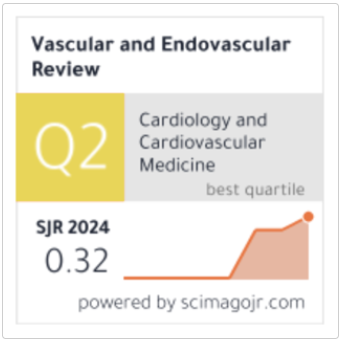Antimicrobial Resistance Patterns of Clinical Bacterial Isolates from a Al-Ramadi Hospital in Iraq: A Cross-Sectional Surveillance Study
Keywords:
Antimicrobial resistance; Clinical bacterial isolates; Multidrug-resistant pathogens; Antibiotic susceptibility patterns.Abstract
Background: Antimicrobial resistance (AMR) represents a critical global health threat, with particularly concerning patterns emerging in conflict-affected regions like Iraq. This study aimed to characterize antimicrobial resistance patterns among clinical bacterial isolates from Al-Ramadi Hospital to inform local treatment guidelines and surveillance initiatives.
Methods: A cross-sectional surveillance study was conducted analyzing 70 clinical specimens including urine, sputum, blood, and wound swabs collected from patients at Al-Ramadi Hospital. Bacterial identification was performed using standard microbiological methods, and antimicrobial susceptibility testing was conducted using the Kirby-Bauer disk diffusion method following Clinical and Laboratory Standards Institute (CLSI) guidelines. Resistance patterns were analyzed using descriptive statistics.
Results: The study population comprised 55% females and 45% males. Urine samples constituted the largest proportion (41.43%), followed by sputum (35.71%), blood (14.29%), and wound swabs (8.57%). Pseudomonas species dominated isolates (28.1%), followed by Staphylococcus (21.0%) and E. coli (17.5%). Severe resistance patterns were observed across all major pathogens: Staphylococcus aureus showed complete resistance (100%) to oxacillin, benzylpenicillin, and erythromycin; Klebsiella demonstrated 100% ampicillin resistance with high resistance to ciprofloxacin (90.91%) and third-generation cephalosporins (>80%); E. coli exhibited 88.9% resistance to both ciprofloxacin and ampicillin. Pseudomonas and Acinetobacter isolates displayed extensive multidrug resistance patterns.
Conclusions: The documented high resistance rates across multiple bacterial species represent a significant public health challenge requiring immediate implementation of comprehensive antimicrobial stewardship programs, enhanced infection control measures, and robust surveillance systems to preserve remaining therapeutic options and improve patient outcomes.








